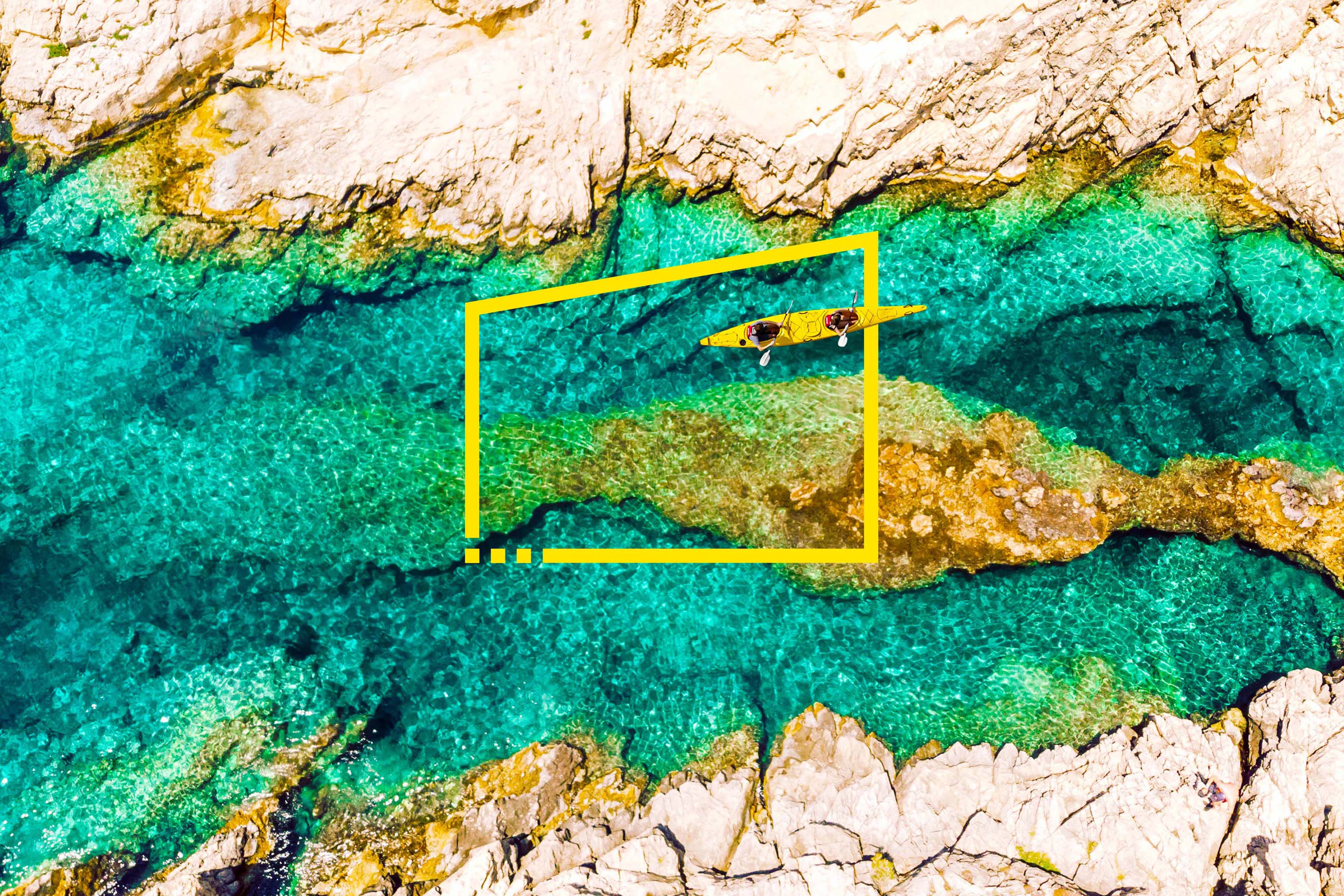EY refers to the global organization, and may refer to one or more, of the member firms of Ernst & Young Global Limited, each of which is a separate legal entity. Ernst & Young Global Limited, a UK company limited by guarantee, does not provide services to clients.
How EY can Help
-
A platform to help wealth and asset managers harness data and technology to generate client- centric advice. Learn more.
Read more
That’s one of the key messages to emerge from the 2023 EY Global Wealth Research Report, which examines the desires and behaviors of more than 2,600 wealth management clients around the world to shine new light on the industry’s evolution
The research shows that the radical uncertainty of the last two years has had a striking effect on investors’ contact preferences. In particular, client appetite for virtual advisor interactions has ballooned since the pandemic. The proportion of clients identifying virtual consultations as their preferred advice channel for investment management jumped from 12% in 2021 to 46% today.
A deeper dive into investors’ engagement preferences reveals major shifts in key areas, such as:
- Digital expectations: High-quality digital experiences are now a minimum client expectation. Digital offerings are especially important to younger investors, with 32% of Millennials identifying them as an important driver of wealth manager choice — second only to a good performance track record (34%).
- People power: Faced with heightened uncertainty, clients continue to value human advice — especially in times of volatility, or at key moments in their investing lifecycle. For example, three out of four investors want advice on financial planning to come from a person, although it’s also notable that 46% are happy to receive that advice virtually.
- Lifecycle shifts: Engagement preferences change significantly over the investment lifecycle. For instance, in-person interactions are preferred (by 44%) to virtual ones (37%) when creating a financial plan. In contrast, virtual channels are popular for “in-flight” interactions; when taking advice on external variables, virtual contact (48%) is preferred to in-person (36%).






